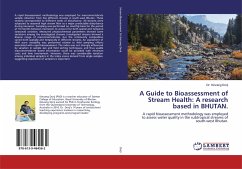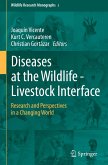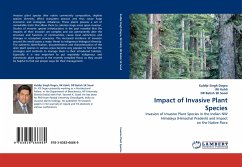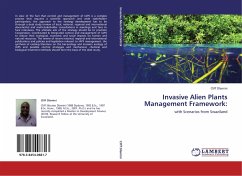From last few decades urbanization, industrialization generated pollution, global warming which led the human civilization right to the doorsteps to the natural habitats.This study helps to identify the health of wildlife living in protected areas like wildlife sanctuaries, reserves, national parks, zoological gardens. The method of sacrificing or killing of animals may seem more scientific is certainly ethically unsound. Given the concern for loss of animal, lives for scientific investigation, there is an urgent need for developing biological indicator which will not involve killing of animals. To overcome this problem it was proposed to use feces / scat / fecal matter, horns, bones, hair as bio-indicators or bio-markers to study the gross exposure to heavy metal. It also supports in field to conserve biodiversity on global level.
Bitte wählen Sie Ihr Anliegen aus.
Rechnungen
Retourenschein anfordern
Bestellstatus
Storno








